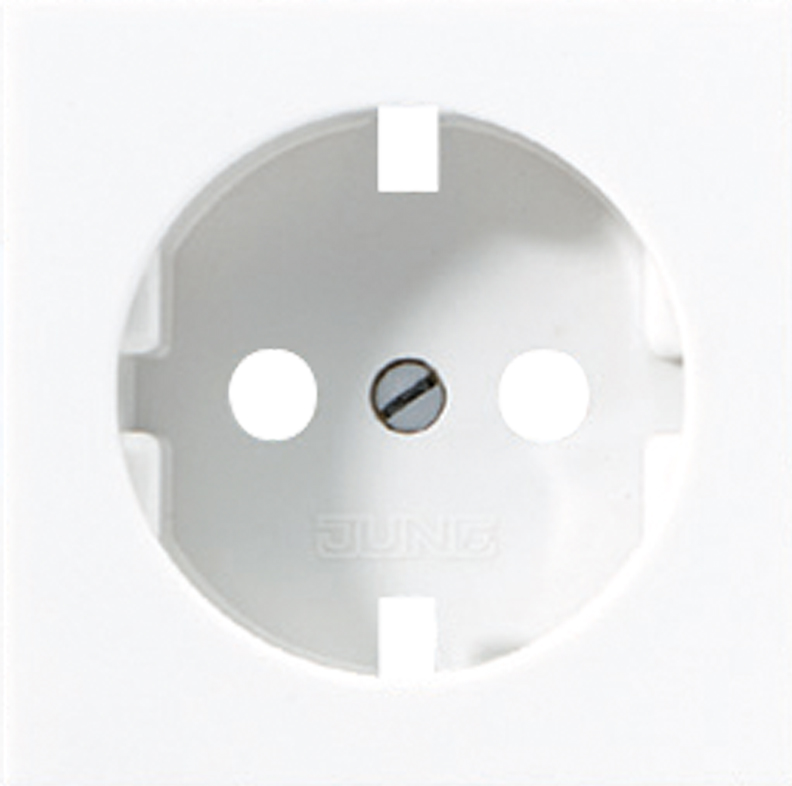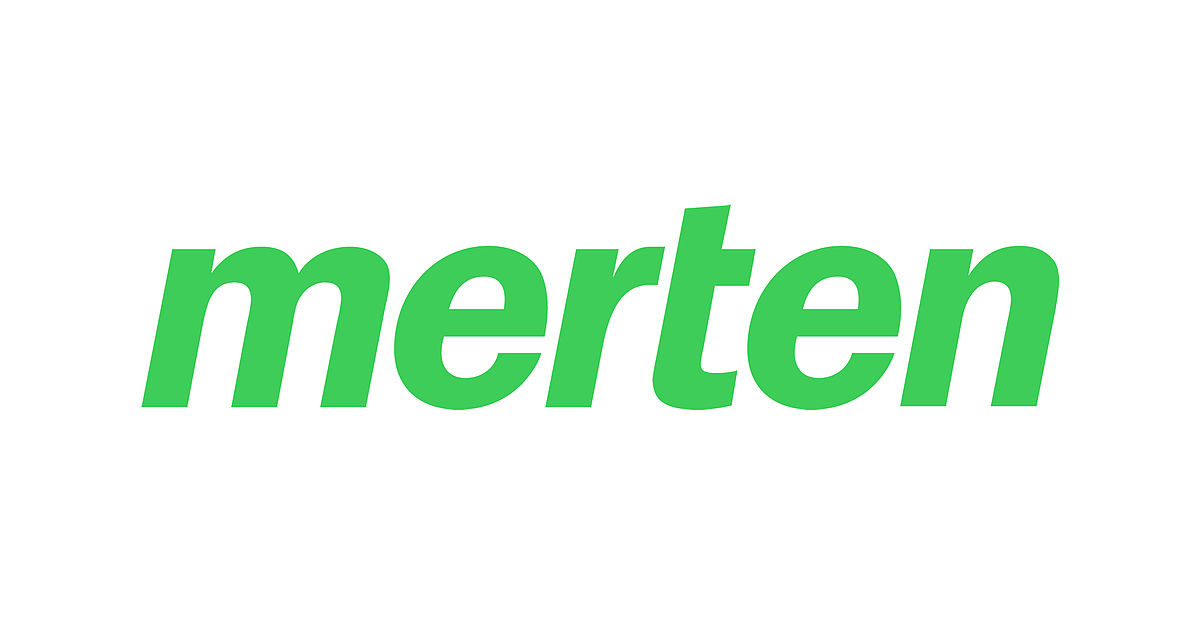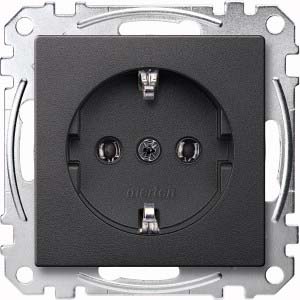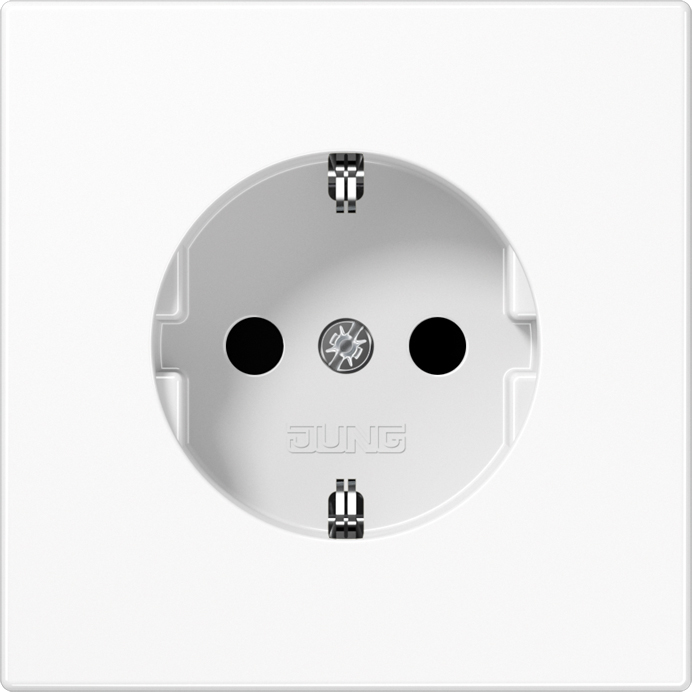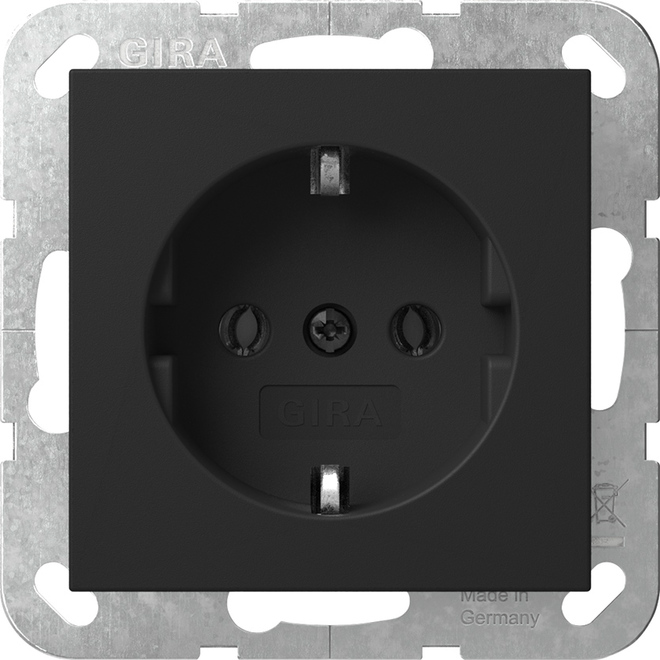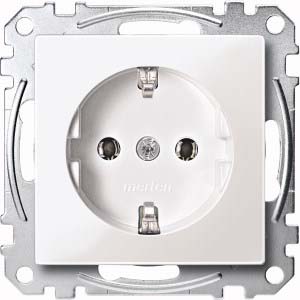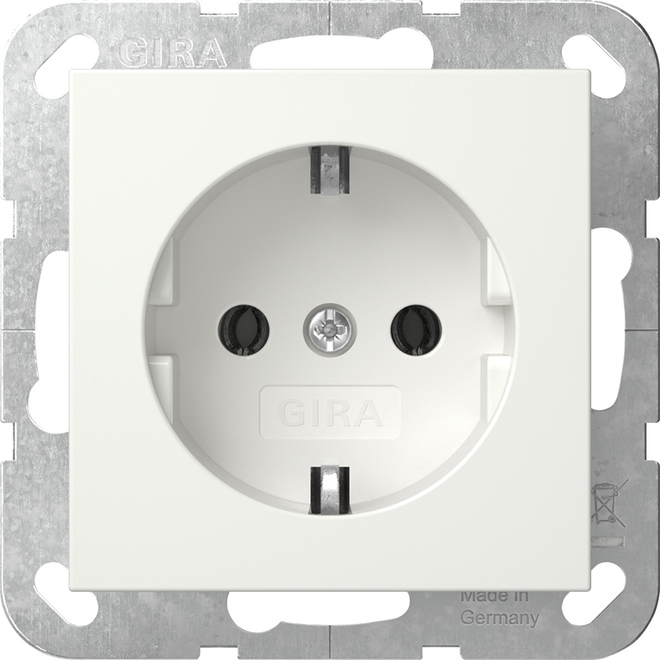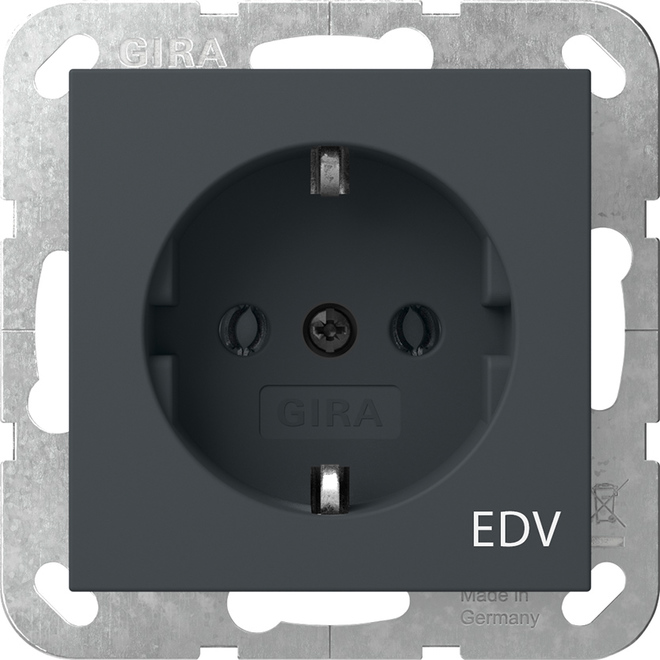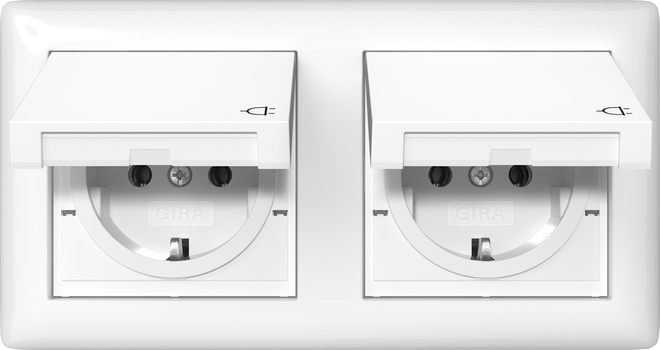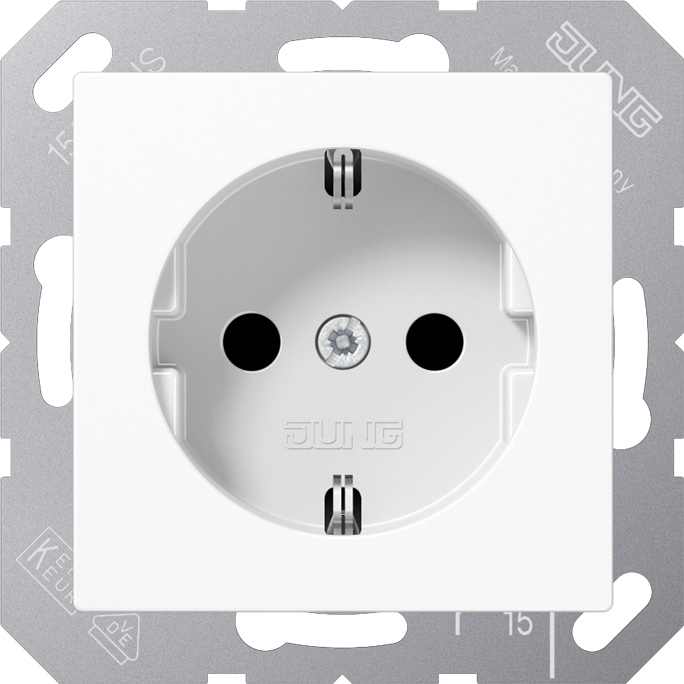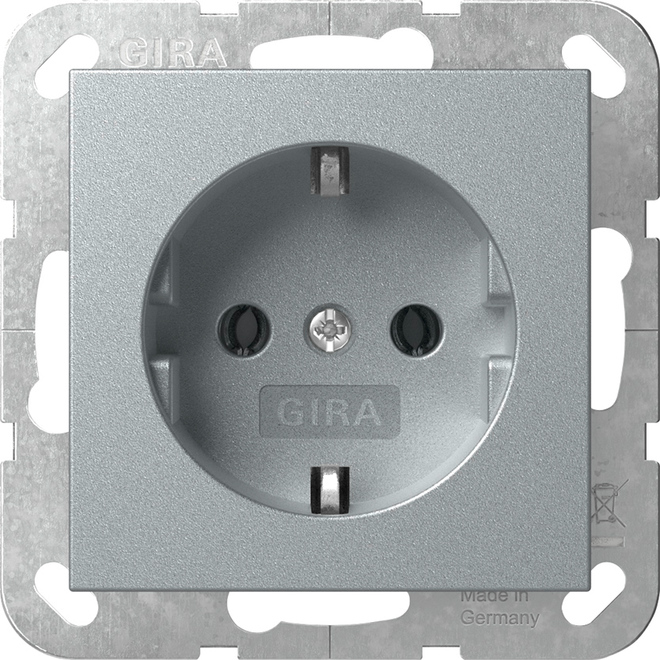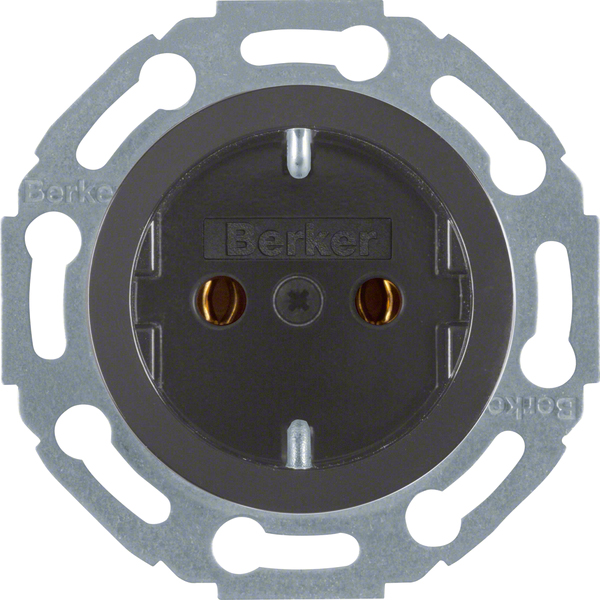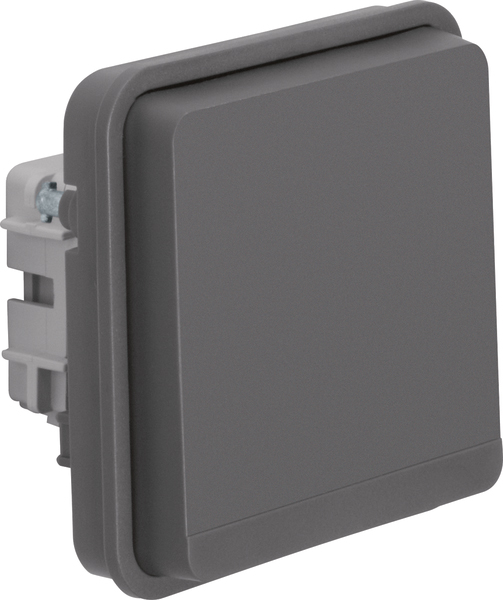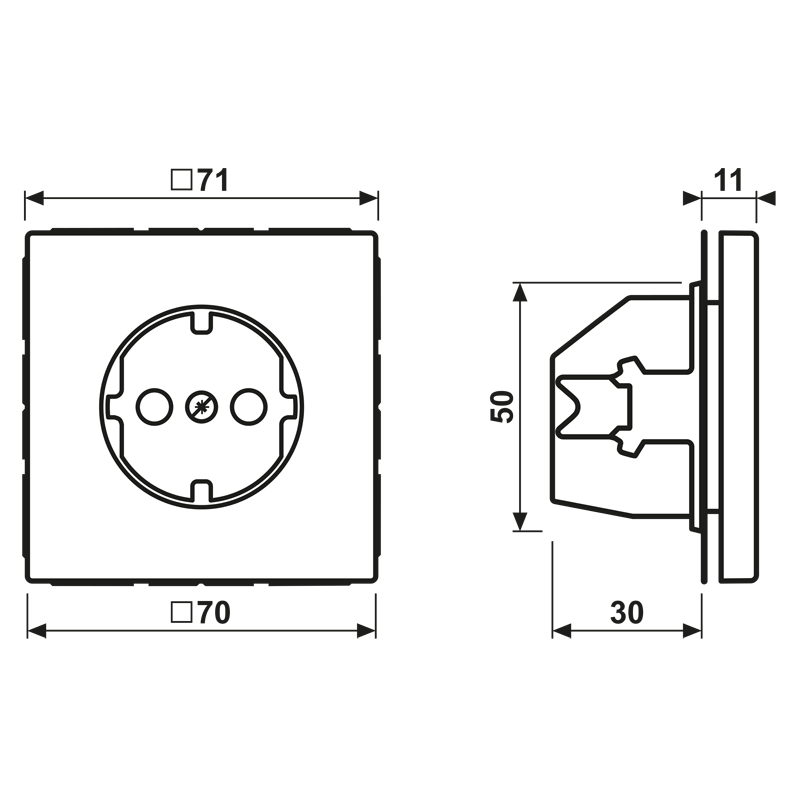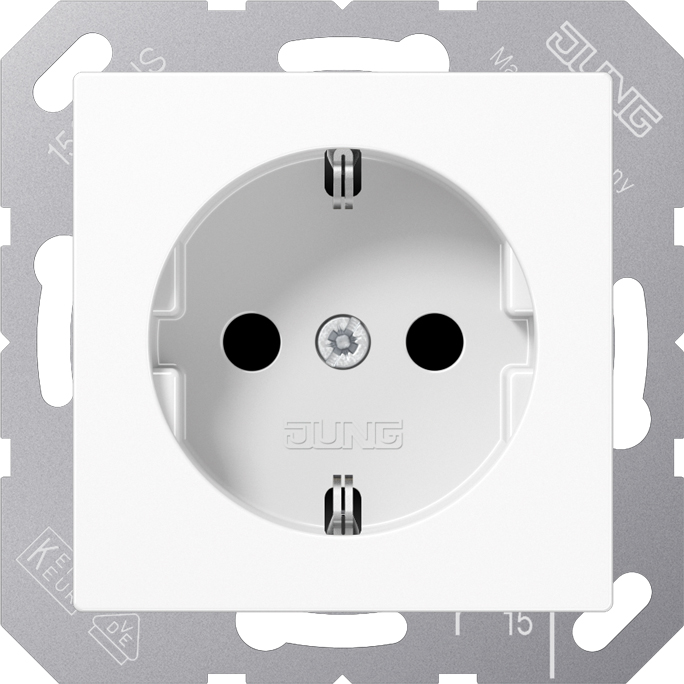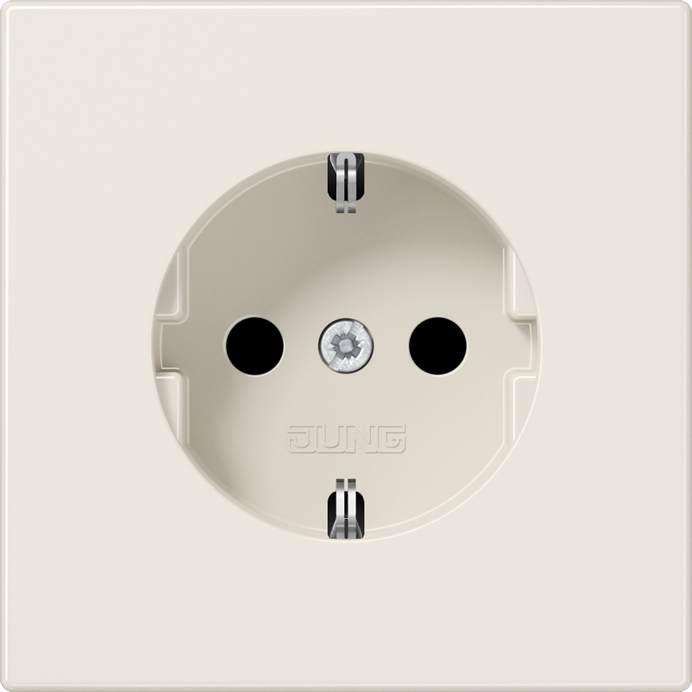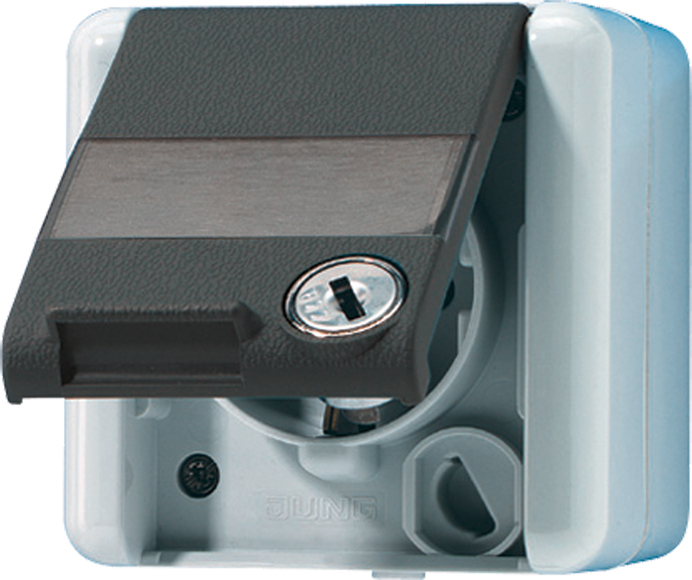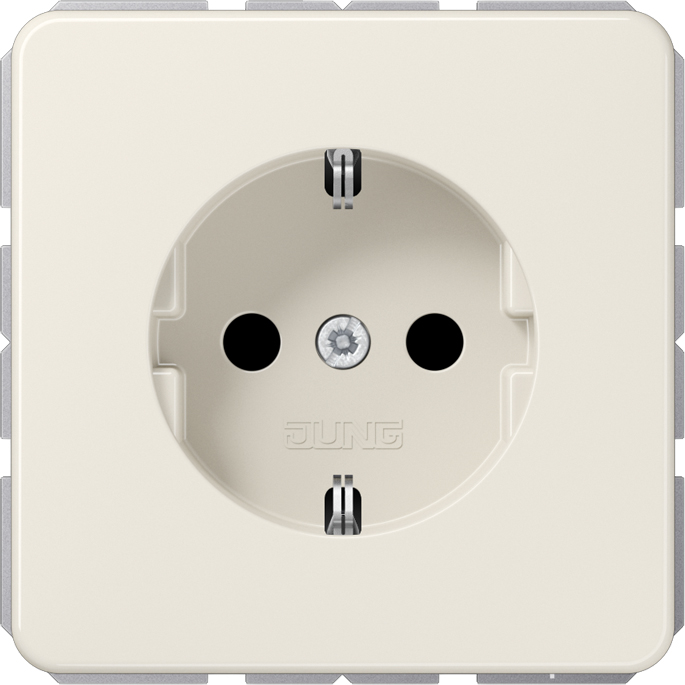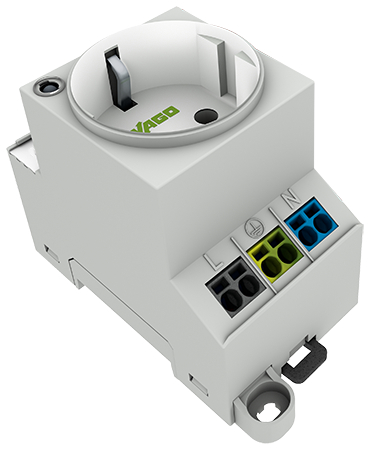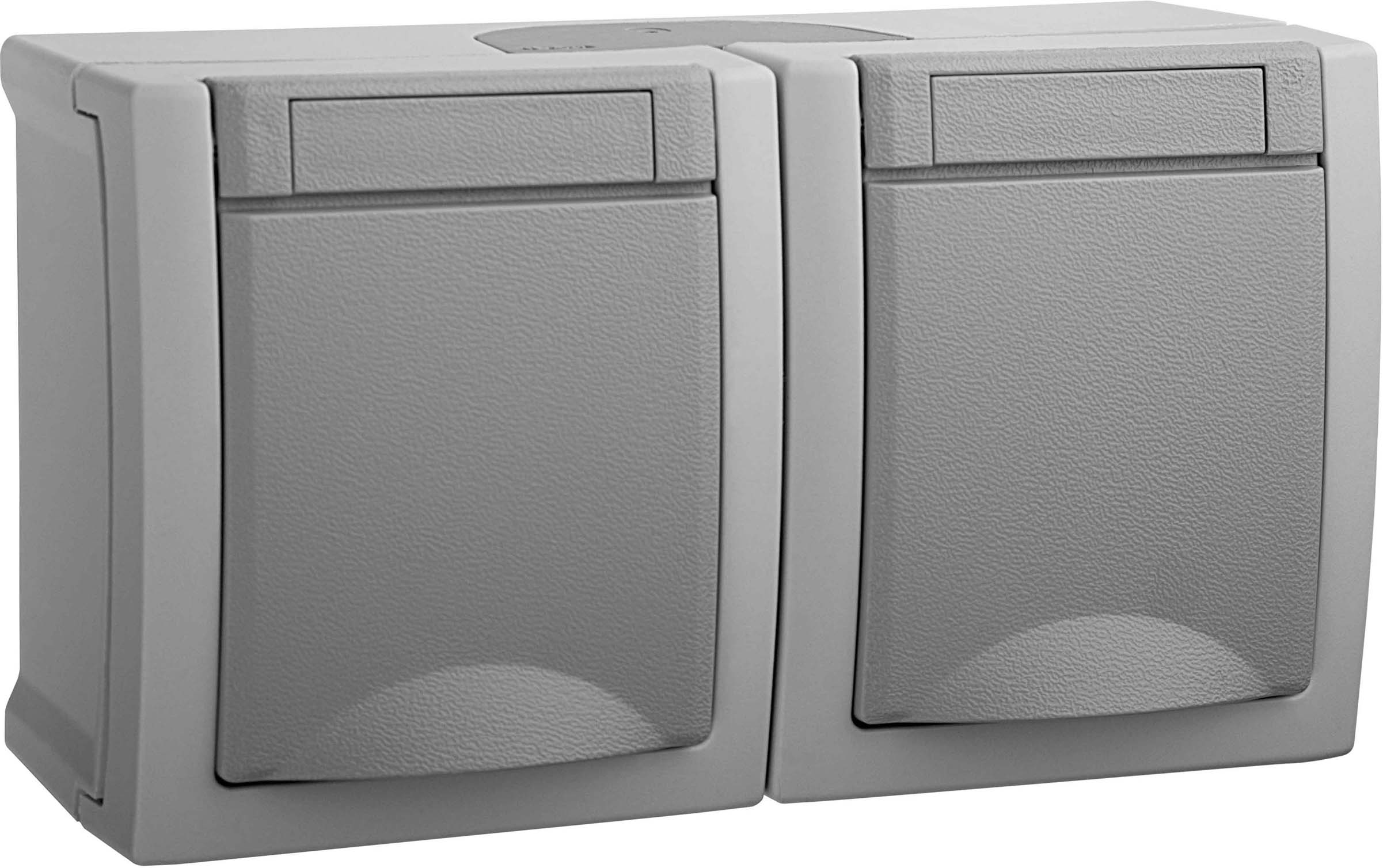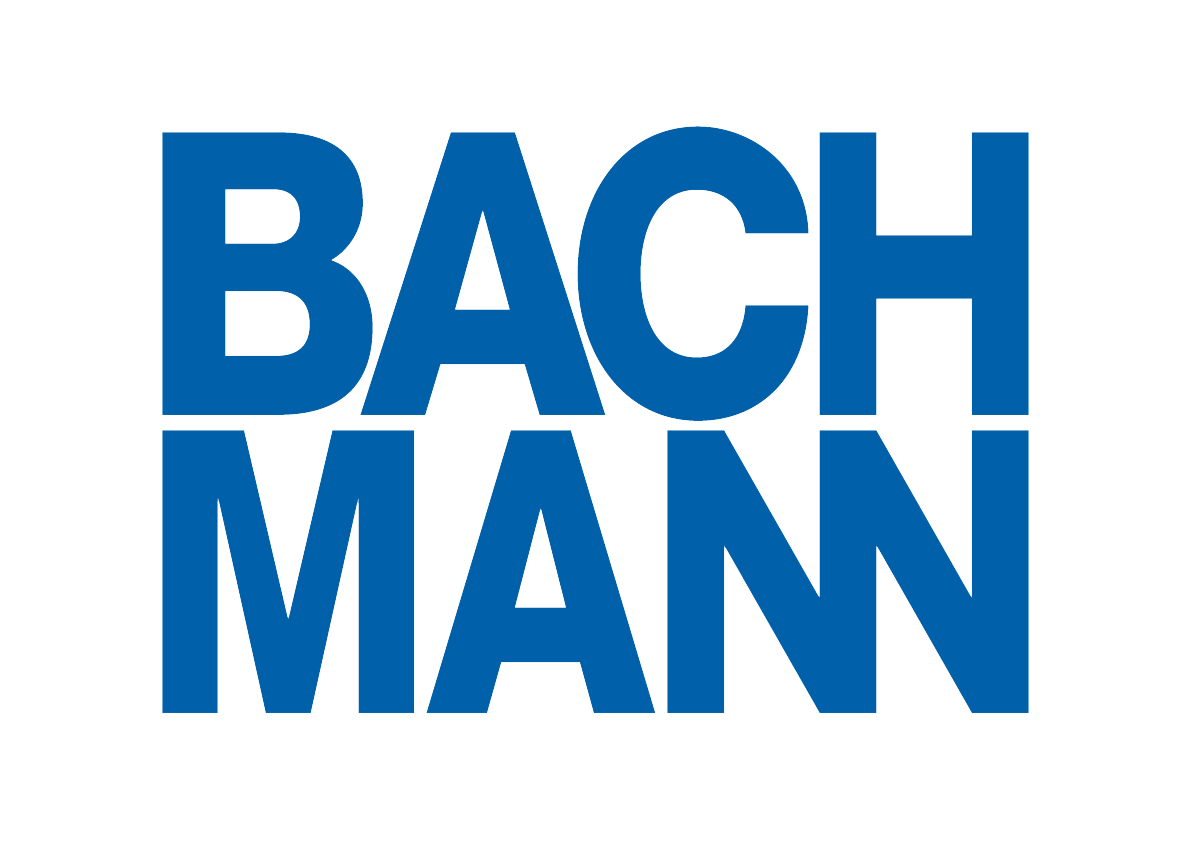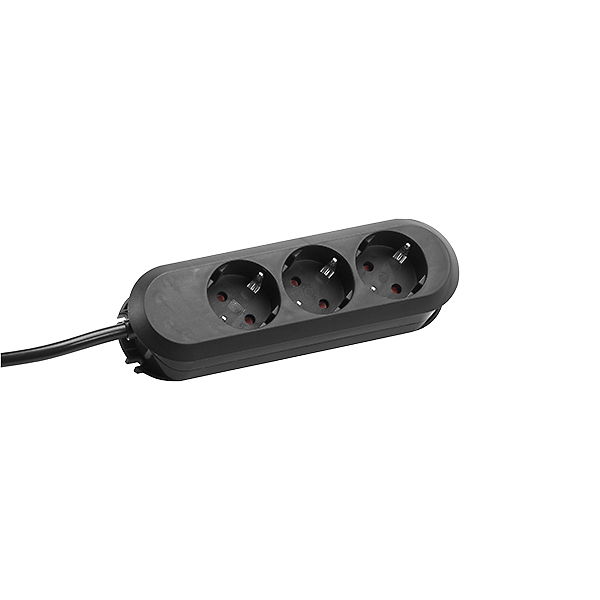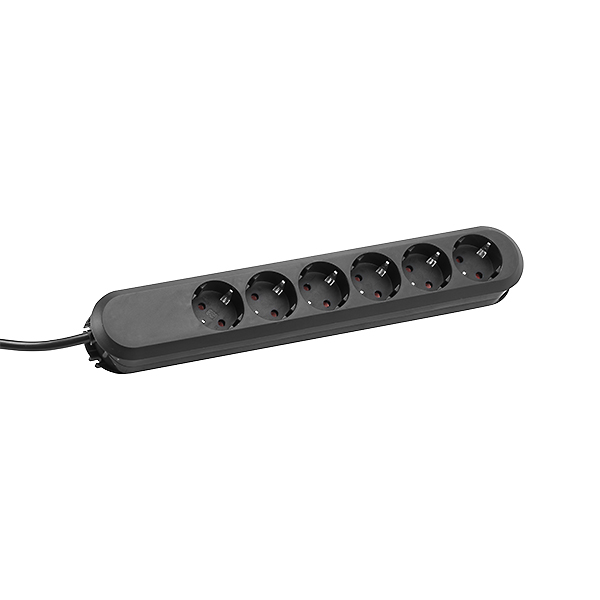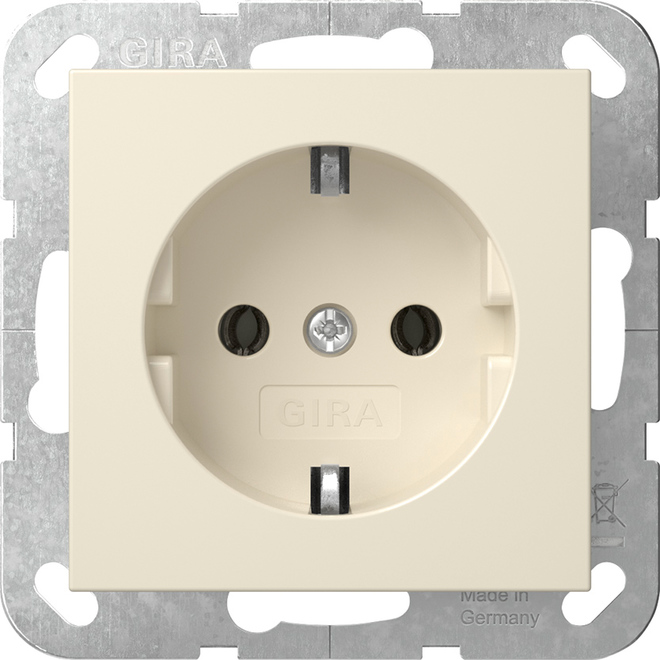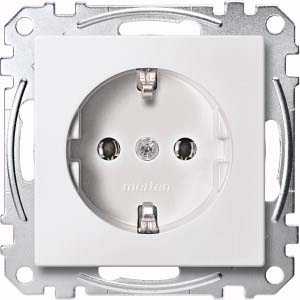Sockets
Sockets have become an integral part of everyday life. As the interface between electricity and numerous electrical devices, they are an essential part of modern life. Find out everything you need to know about sockets in our guide: from basic functionality to different types of sockets and sockets with special functions.
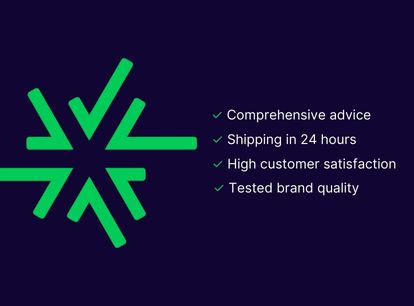
- Comprehensive advice & support
- over 10,000 articles in the shop
- Shipping in 24 hours
- thousands of satisfied customers

KATHRIN BRANDT
Employee Purchasing from TroisdorfGreat advice and friendly service. I was helped immediately and competently with any questions. Gladly again.

OMAR NASER
Office Manager from Frankfurt a.M.Goods are well packaged and arrive safely, which is important to me. My mail was answered immediately.

RAINER SEIDEL
Master carpenter from WiesbadenHad to replace a lamp, but the same was no longer available. Great advice, found a suitable replacement and delivered it quickly.
Socket outlet guide: everything you need to know
Sockets are the source of every household's power supply and can also fulfill other functions, such as connections for telephones, data transmission and antennas. In our comprehensive guide, we provide you with all the information you need on how sockets work, explain the different types of sockets, the right accessories and more. So you can choose the right socket outlet for your application.
How a socket outlet works
The socket outlet is an essential connection point that allows appliances to be connected to the mains. By inserting the appliance plug into the socket, the corresponding contacts are connected to each other, creating a closed circuit. This process enables the connected appliance to be supplied with power so that it can perform its intended function. The socket outlet usually consists of three main contacts: the phase, the neutral conductor and, if applicable, the protective conductor. The phase, also known as the live conductor (L), is responsible for supplying the current, the neutral conductor (N) feeds it back and the protective earth conductor (PE) comes into play in the event of a fault such as a short circuit. In this way, the current can be safely discharged to earth without electric shocks occurring. The socket outlet also consists of an insulating housing, terminals for connection to the wall cables and fuse elements. The design of the electrical component is therefore primarily geared towards safety in order to enable an efficient flow of electricity without danger.
The different types of socket outlets
A total of 14 different types of socket outlets are used worldwide. These are designated from type A to type N. In Germany, type F (Schuko, CEE 7/4) is the most common. However, this can also be found in Austria, the Netherlands and some other European countries. The corresponding Schuko plug has two round pins for the phase and a neutral conductor, which have a diameter of 4.8 mm and a distance of 19 mm between each other. In addition, the Schuko plug also has two metal clips on the sides, which represent the protective conductor. Type F is designed for 230 V AC voltage and can carry currents of up to 16 amps. Here you will find an overview of the other socket outlet types used in the various countries:
- Type A (NEMA 1-15)
- Type B (NEMA 5-15)
- Type C (CEE 7/16, Euro plug)
- Type D (BS 546)
- Type E (CEE 7/5)
- Type F (CEE 7/4, Schuko)
- Type G (BS 1363)
- Type H (SI 32)
- Type I (AS/NZS 3112)
- Type J (SEV 1011)
- Type K (DS 60884-2-D1)
- Type L (CEI 23-50)
- Type M (BS 546, 15 A)
- Type N (NBR 14136)
- Type O (TIS 166-2549)
Of course, the sockets also vary in color and quality. This always depends on the manufacturer's range. Below you will find the various top brands that we stock at WATT24.
More electrical safety with these tips: Use sockets safely
The Schuko socket outlet is designed to be safe to use. Nevertheless, you can further reduce the risk of electrical accidents through conscious use. With the following tips, you can take further safety measures to ensure greater electrical safety:
1. avoid overloading: You should not plug too many appliances into a single socket to prevent overheating and reduce the otherwise increased risk of fire as a result.
2. checking the sockets: Regularly checking sockets is important in order to detect and repair damage immediately.
3. overvoltage protection: If you use more sensitive devices, it is worth using a power strip with integrated overvoltage protection.
4. professional integration: Never install sockets yourself, but hire electricians to avoid danger.
5. child safety devices: If there are children in the household, you should equip your sockets with child safety locks. Thanks to the contact protection, children's hands are safe. In addition, no objects can be inserted into the socket.
Sockets from top brands
A large number of manufacturers produce high-quality socket outlets for electrical installations in homes, offices and other buildings. Our range includes products from a wide variety of manufacturers. You can find them here:
- Jung socket outlets
- Merten socket outlets
- Socket outlets from
- Obo Bettermann
- Berker socket outlets
- Busch Jaeger socket outlets
- And Gira socket outlets
Special socket outlet types with special functions
The right accessories for the socket outlet
A single socket outlet is often not enough. There are a number of accessories for the power supply and electrical installation. These include, among others:
- Socket outlet covers
- And weatherproof covers for
- Outdoor sockets Child safety locks for greater safety in households with small children
- Socket strips for extending a single socket outlet
- Adapters and travel adapters for using electrical appliances in countries with different socket standards
- Timers to switch connected devices on and off at pre-set times
You can also find additional products such as socket inserts, junction boxes, Schuko plugs, switches, switch boxes and temperature switches in our store.
Buy sockets at WATT24
At WATT24 you will find a large selection of socket outlets of various brands and designs online. It is important to us that you feel well advised and that is why we offer you the best possible service. Benefit from many advantages now:
- Top brands with the best quality
- A wide range of products in our store
- Simple ordering process
- Secure purchase process
- Fast delivery
We have a wide range of products. You will find sockets in modern designs for every taste, whether sockets with USB, sockets with a connection for charging cables, sockets with switches or sockets in different colors such as black, white or anthracite sockets. We also offer waterproof sockets for outdoor use. Select and buy the right socket outlet online at WATT24 now or discover other electrical products!
FAQ Sockets
Why are there different types of sockets abroad?
When traveling, you may have encountered the problem that you can't simply plug your electrical devices into the standard local socket. This is because there are 14 different types worldwide. But why is this the case and why is there no standardized socket? The first electricity grids were created at the end of the 19th century and were initially used primarily for lighting. Over time, however, electrical household appliances were also used in wealthier households. These had to be wired directly to the power supply. A plug and socket did not yet exist. As this proved to be unwieldy and dangerous, the first plugs were developed to screw electrical appliances into light bulb sockets. Over time, however, real plugs were also developed - around the same time in different parts of the world. Due to the fact that globalization had not yet progressed that far, it was not one type and one socket that became established, but a multitude.
What are flush-mounted sockets?
Flush-mounted sockets are flush with the wall surface. To achieve this, they are recessed directly into the wall. They ensure a harmonious and less conspicuous appearance as they are not so visible. In contrast, surface-mounted sockets are mounted on the wall. They are widely used because they are easy to install.





